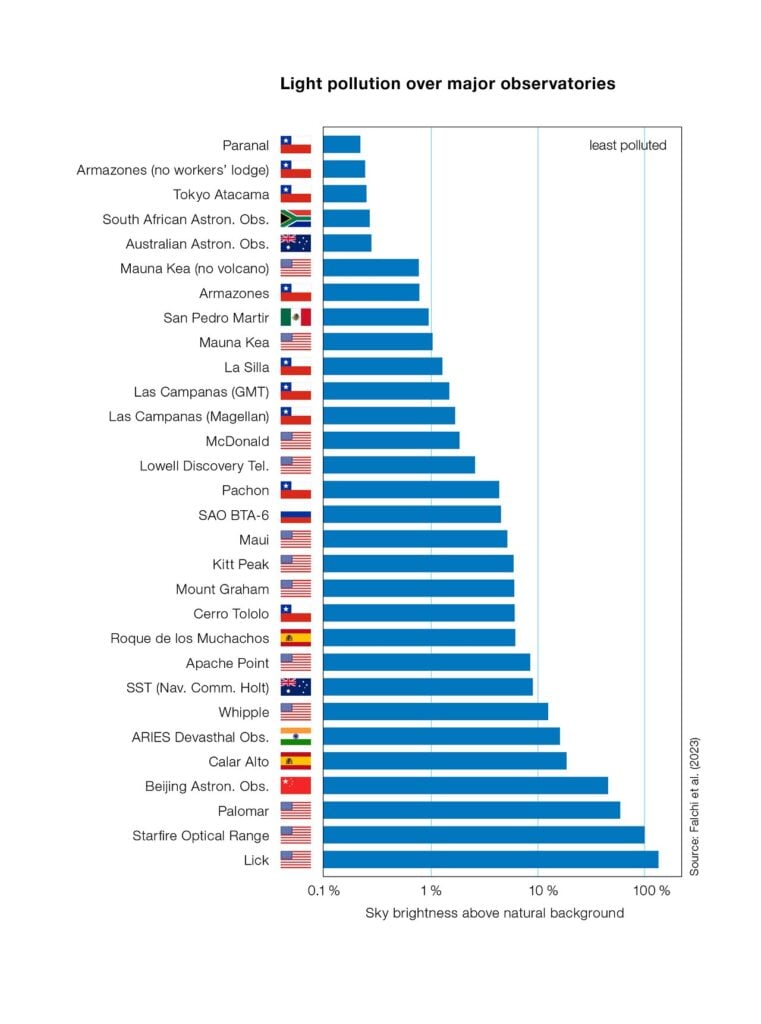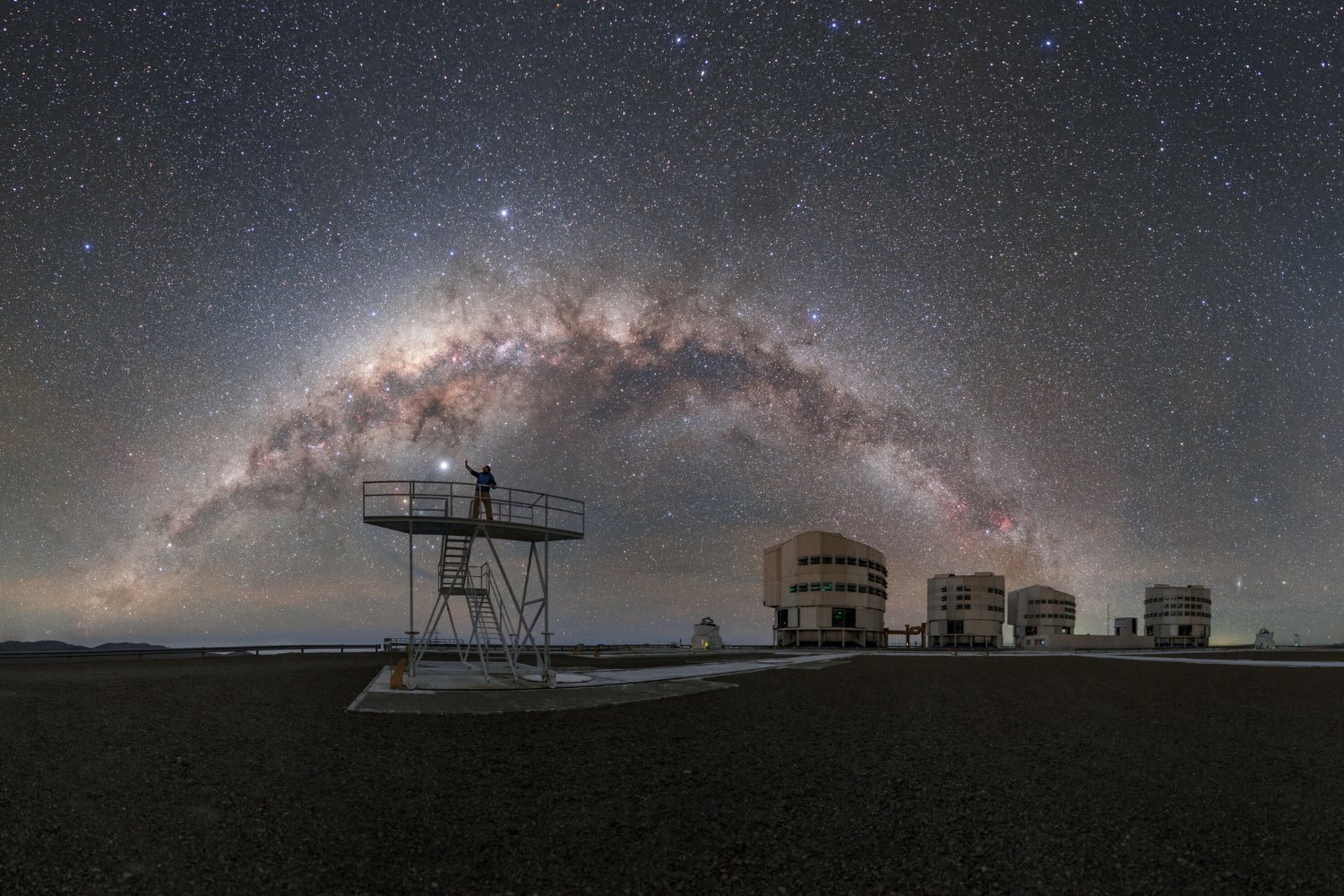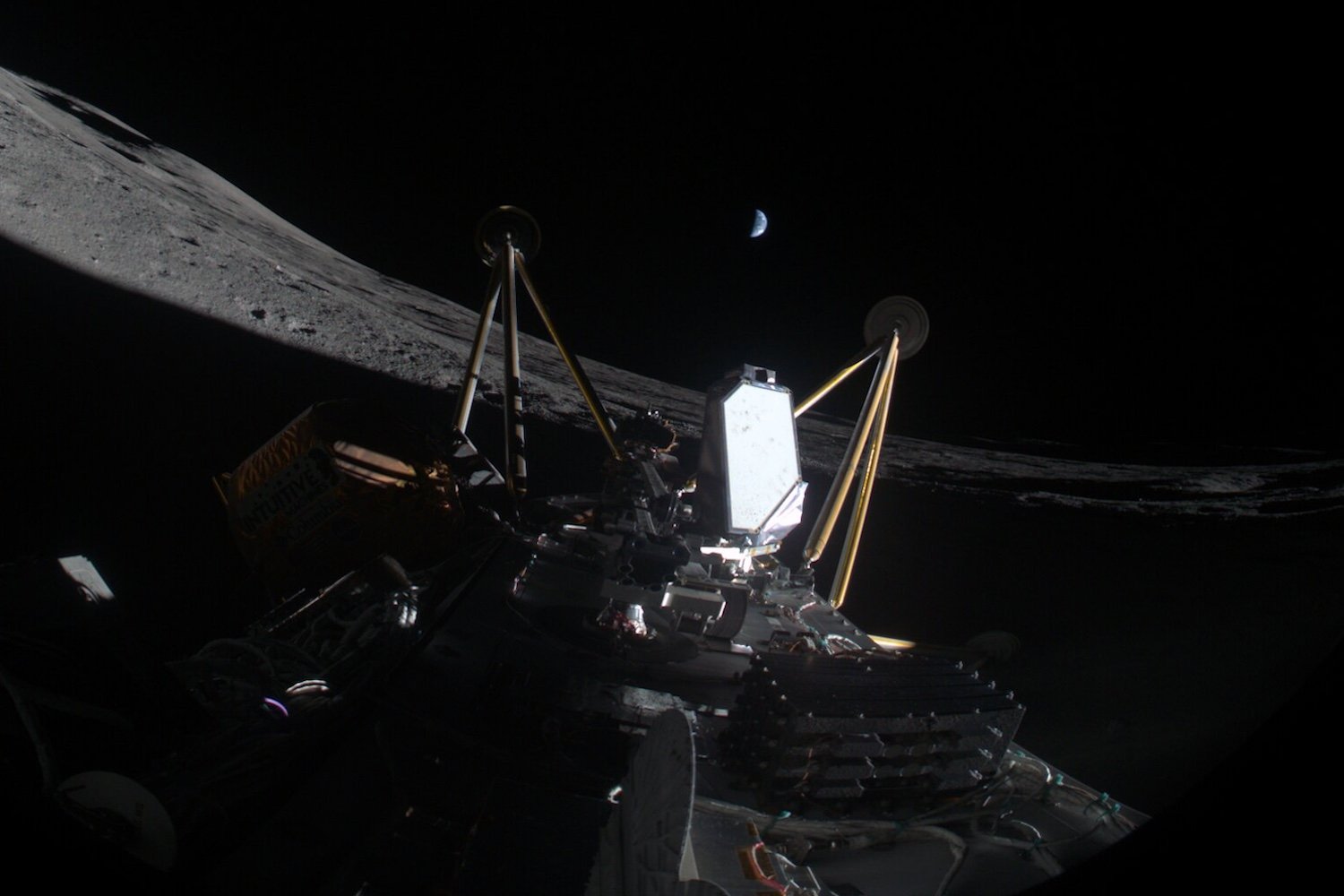The Atacama Desert in Chile, renowned for its exceptionally dark skies and home to some of the world’s most powerful telescopes, faces a significant threat from a proposed industrial megaproject. A new report by the European Southern Observatory (ESO) warns that the planned INNA (Proyecto Integrado de Infraestructura Energética para la Generación de Hidrógeno y Amoníaco Verde) complex will drastically increase light pollution, jeopardizing critical astronomical research.
The INNA project poses a serious threat to the Paranal Observatory, which houses ESO’s Very Large Telescope (VLT) and the under-construction Cherenkov Telescope Array Observatory (CTAO-South). The report predicts a minimum 35% increase in light pollution at the VLT and over 50% at CTAO-South, severely hindering scientists’ ability to observe and understand the universe. This also impacts the future Extremely Large Telescope (ELT), currently under construction near Paranal. The technical summary of the ESO report is available here.
Light Pollution: A Growing Concern for Astronomy
Light pollution is not merely an inconvenience for backyard stargazers; it’s a major challenge for professional observatories worldwide. A 2023 study published in Science revealed that the night sky brightened by an average of 9.6% annually between 2011 and 2022. This dramatic increase significantly reduces the number of visible stars and impacts scientific observation. The consequences are far-reaching.
“With a brighter sky, our ability to detect Earth-like exoplanets, observe faint galaxies, and even monitor potentially hazardous asteroids is severely compromised,” explained Itziar de Gregorio-Monsalvo, ESO’s Representative in Chile, in an ESO release. The Atacama Desert’s pristine skies are a crucial asset for astronomical advancements, and light pollution from projects like INNA threatens this invaluable resource.
 A graph comparing the darkness of the sky above Paranal to other observatories.
A graph comparing the darkness of the sky above Paranal to other observatories.
Multifaceted Impacts on Observational Capabilities
The ESO report outlines the multiple ways INNA could negatively impact Paranal. Besides artificial light, the project could introduce ground vibrations from wind turbines, increase atmospheric turbulence, and contaminate telescope mirrors and lenses with dust. Even a seemingly small amount of light pollution can have a significant impact. “A 1% artificial light contamination…cannot be distinguished by another photon coming from a faint object at the edge of the Universe,” the report emphasizes.
The report concludes that INNA’s proximity to Paranal makes mitigation efforts impractical. The wind turbines are projected to generate turbulence comparable to wind farms, significantly degrading observational capabilities. The anticipated ground vibrations could also exceed the operational limits of the VLT interferometer and the ELT.
Preserving a World-Leading Astronomical Site
These combined disturbances threaten Paranal’s status as a premier astronomical site, potentially leading to the loss of crucial scientific discoveries. de Gregorio-Monsalvo stressed that relocating the INNA complex is the only way to protect Paranal’s dark skies and preserve Chile’s strategic advantage in astronomy. The impact of light pollution from INNA could be further amplified by cirrus cloud cover, which reflects artificial light, worsening the problem. This highlights the sensitivity of astronomical observations to even subtle environmental changes.
Finding a Mutually Beneficial Solution
The ESO report concludes that the INNA project, if approved in its current location, will substantially diminish the value of existing and planned telescopes at Paranal. These losses would be significant and irreplaceable on a global scale.
However, ESO emphasizes that they are not opposed to the INNA project itself, but rather its proximity to Paranal. ESO Director General Xavier Barcons stated that Chile should not have to choose between clean energy and world-class astronomy. Both are strategic priorities for the country and can coexist if facilities are located at appropriate distances. A full technical report on INNA’s potential impact on Paranal will be submitted to authorities this month and publicly released before April 3. The hope is that a mutually beneficial solution can be reached that supports both clean energy development and continued astronomical advancements.











